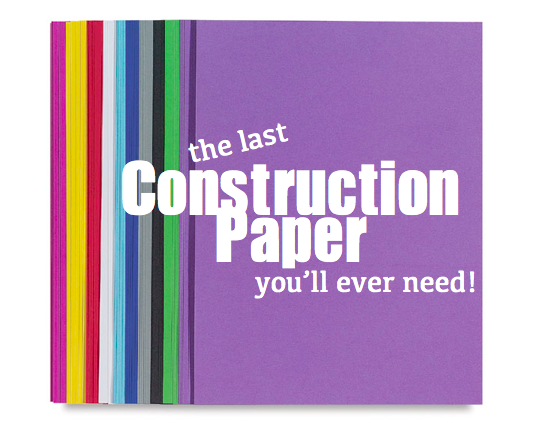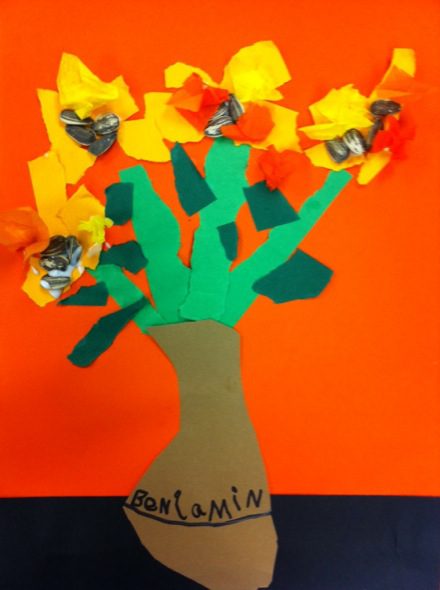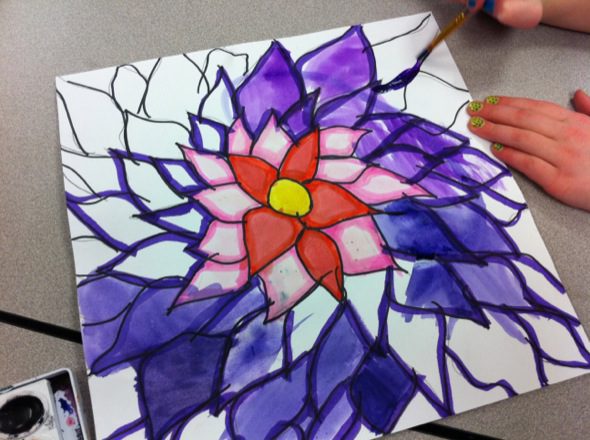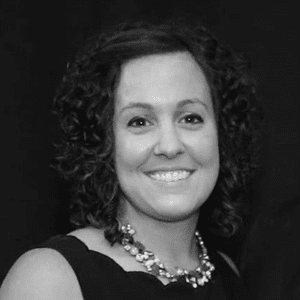Construction paper is the best investment an art teacher can make. Every single project (minus the 3D stuff) is reliant on the quality of the construction paper. Have you ever seen a project done with old, faded construction paper? It changes the entire look and feel of the artwork. Paint doesn’t spread nicely on construction paper that is too cheap and thin, or worse, too thick and porous. You know what I am talking about. I could go on and on.

If you spend your hard earned art budget on one thing, it should be quality paper.
I spend over half of my yearly budget on construction paper, and manage to cut corners other ways. It makes me think of the show “Survivor.” They are only allowed to take one thing on the island with them. If I was on the art teacher island, I would take this paper.
So, what construction paper has me coming back for more, year after year, no matter what it costs? (Nope, I’m not paid or perked for writing this, just love this product)
It’s Blick 80lb Construction Paper, from Dick Blick. Ringing in at 2.35 for a package of 9×12 and 4.75 for a 12×18 it’s not the cheapest on the market, but it’s worth every penny. I can usually get a good dollar off the price when I order out of the “Spring Sale” catalog each year. Plus, you get a discount when you buy 12 or more packages, and with white and black I definitely do.


I should also mention this paper is fade-less. I’ve had a bulletin board up for 4 years in my art room, and the colors still look as good as day 1. It makes me feel good to know I am sending projects home with kids that will last until their high school graduation. 🙂 Paper is a deal-breaker in the art room, so don’t skimp on it!
What is the one product you would take with you on “Art Teacher Survivor?”
Do you have a particular paper you like or dislike?
Magazine articles and podcasts are opinions of professional education contributors and do not necessarily represent the position of the Art of Education University (AOEU) or its academic offerings. Contributors use terms in the way they are most often talked about in the scope of their educational experiences.




